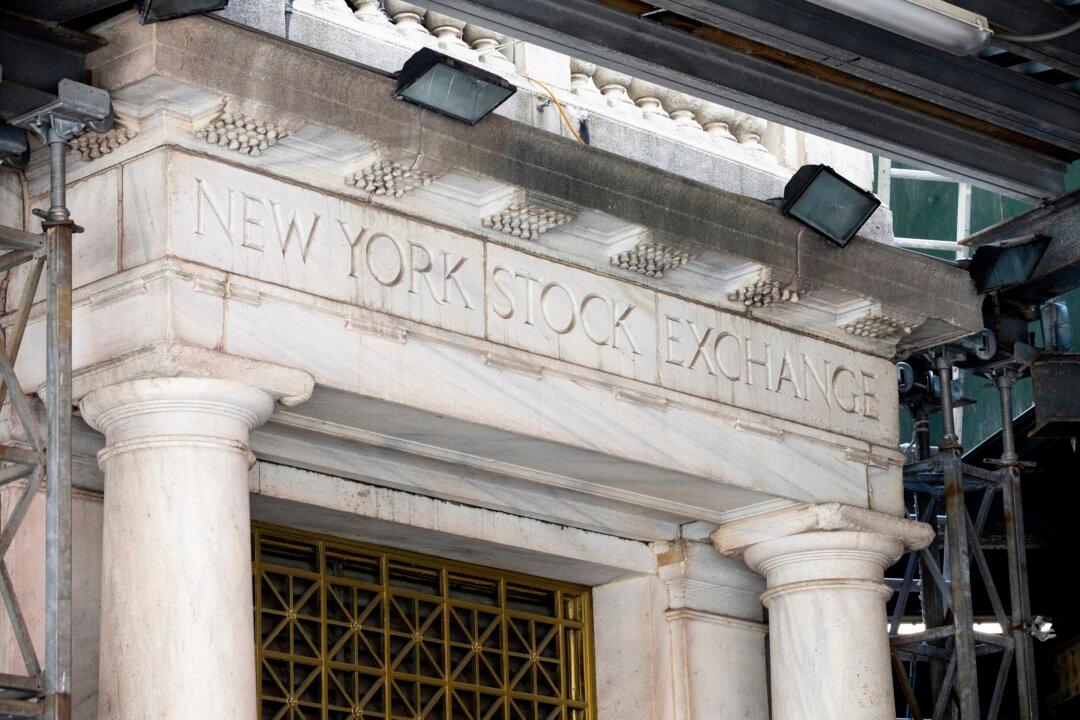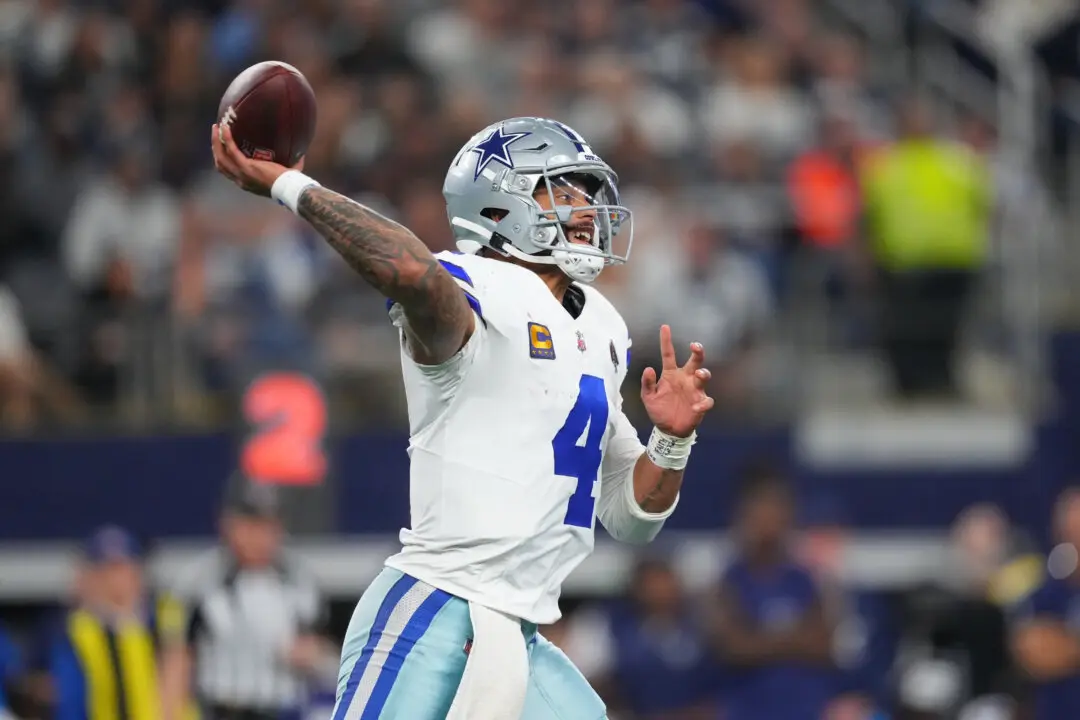NEW YORK—Wall Street tumbled Thursday, and stocks fell by the most in four weeks following more evidence that high inflation is staying stickier than expected.
The S&P 500 dropped 1.4 percent after a report said inflation at the wholesale level slowed by less last month than economists forecast. It echoed a report on prices at the consumer level from earlier this week that suggested inflation isn’t cooling as quickly and as smoothly as hoped.





